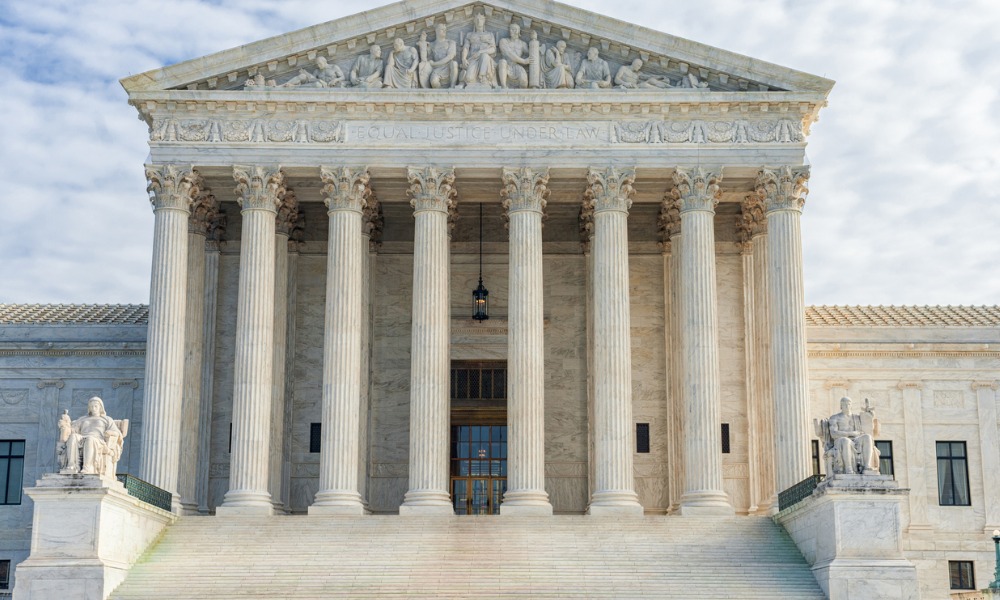The US Supreme Court’s latest term ended with several rulings that will significantly impact in-house counsel across various sectors, the Association of Corporate Counsel reported.
Loper Bright Enterprises v. Raimondo and Relentless v. Department of Commerce
On June 28, the Supreme Court issued a landmark ruling overturning the key interpretative framework established in the 1984 Chevron v. Natural Resources Defense Council decision. The court, in a 6-3 and 6-2 majority (with Justice Ketanji Brown Jackson recused from the Loper Bright Enterprises case), declared that "Chevron defies the command of the APA [Administrative Procedure Act] that 'the reviewing court' — not the agency whose action it reviews — is to 'decide all relevant questions of law' and 'interpret . . . statutory provisions.'" Chief Justice John Roberts emphasized that this decision does not affect prior cases relying on the Chevron framework, such as the Clean Air Act ruling in Chevron itself. This ruling disrupted a 40-year precedent and leaves numerous questions for in-house counsel regarding federal agencies' regulatory powers.
SEC v. Jarkesy
In a 6-3 ruling on June 27, the Supreme Court curtailed the Securities and Exchange Commission's (SEC) use of in-house legal proceedings against fraud suspects. Writing for the majority, Justice Roberts determined that the SEC's reliance on internal tribunals violates the Seventh Amendment right to a jury trial before a neutral adjudicator. This decision limits the SEC's enforcement mechanisms and could influence how other agencies pursue corporate wrongdoing.
Corner Post v. Federal Reserve
On July 1, the Supreme Court extended the statute of limitations for claims under the Administrative Procedure Act, ruling that such claims begin when the plaintiff is injured by the final agency action. The 6-3 decision, authored by Justice Amy Coney Barrett, provided a broader window for challenging agency actions, potentially leading to increased lawsuits against federal agencies.
Ohio v. EPA
In a 5-4 decision on June 27, the Supreme Court ruled in favour of states and industry groups to halt the EPA’s "good neighbour" rule, which aims to reduce cross-state air pollution under the Clean Air Act. Justice Neil Gorsuch questioned the implementation of the provision, reflecting the court's ongoing skepticism towards federal regulatory action, particularly environmental regulations.
Harrington v. Purdue Pharma
The Supreme Court, in a 5-4 ruling on June 27, determined that the federal bankruptcy code does not allow liability shields for third parties in bankruptcy agreements. This decision directly impacts a settlement involving Purdue Pharma and the Sackler family, exposing them to opioid-related lawsuits despite the bankruptcy settlement.
Moody v. NetChoice and NetChoice v. Paxton
On July 1, the Supreme Court vacated lower-court decisions in cases challenging Florida and Texas laws limiting content moderation by social media platforms. The court instructed lower courts to reassess the constitutionality of these laws with a comprehensive analysis. This ruling underscored the importance of First Amendment protections for editorial decisions by private online services.
Murthy v. Missouri
On June 26, the Supreme Court struck down a lower court’s injunction against the Biden administration’s communications with social media companies to curb misinformation. The 6-3 decision, written by Justice Barrett, criticized the lower court for accepting the plaintiffs' standing based on tenuous harm claims. This ruling reinforced stringent standards for establishing standing in federal lawsuits.





